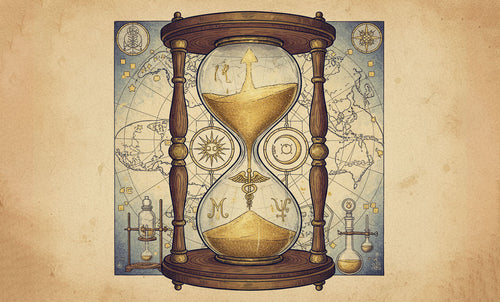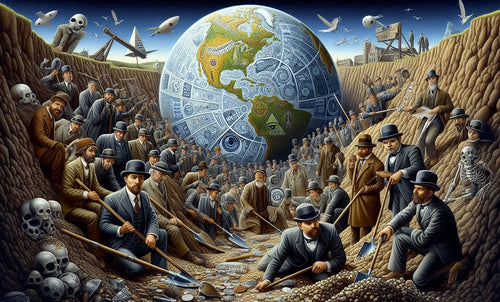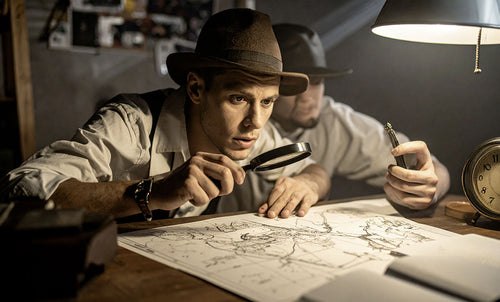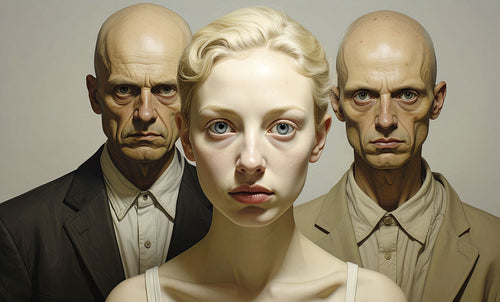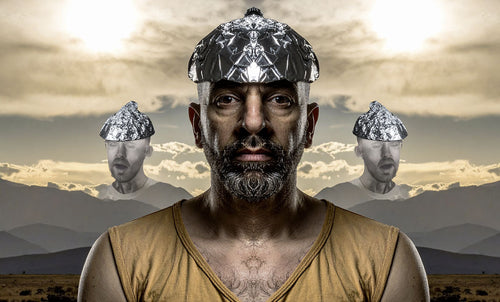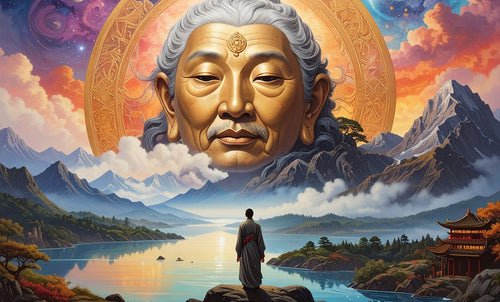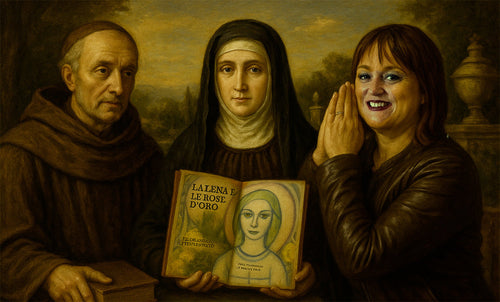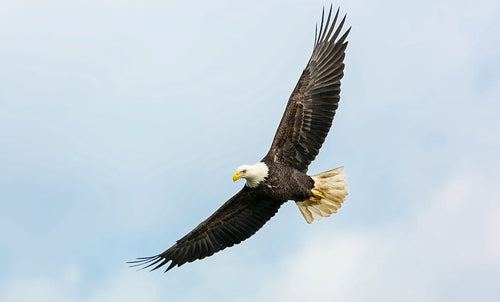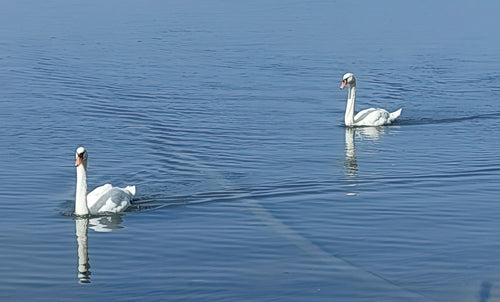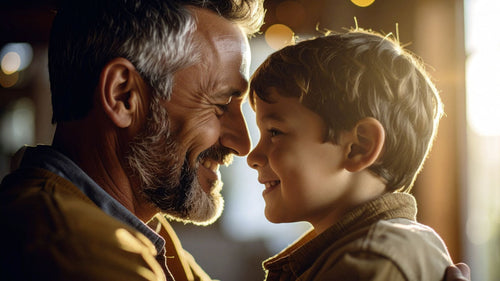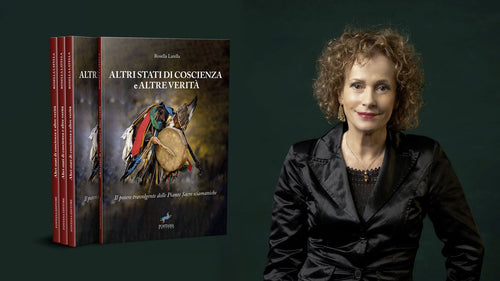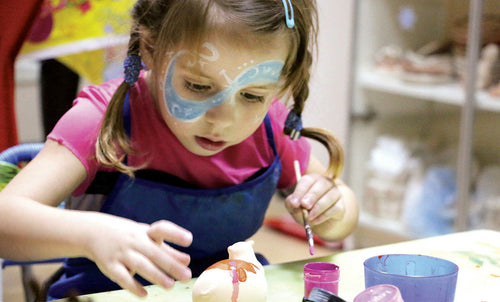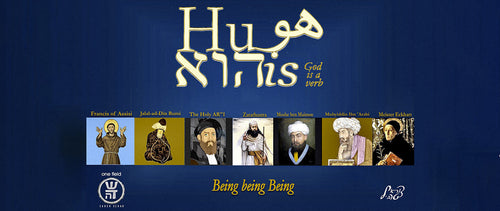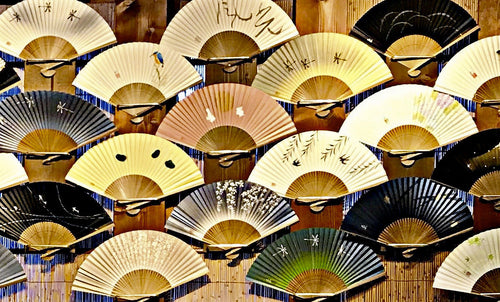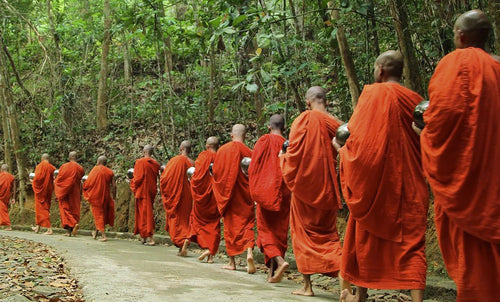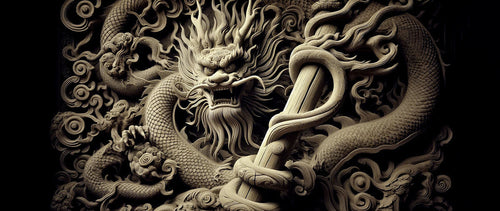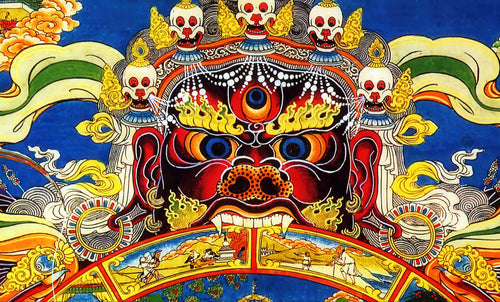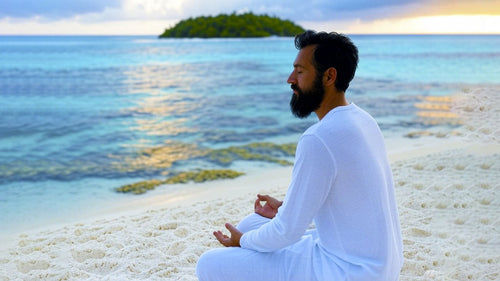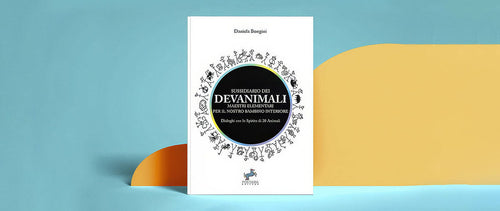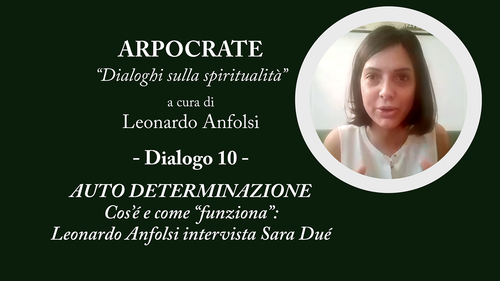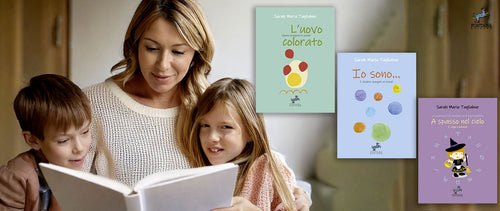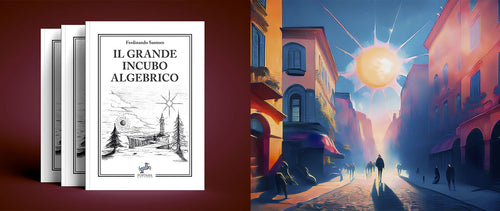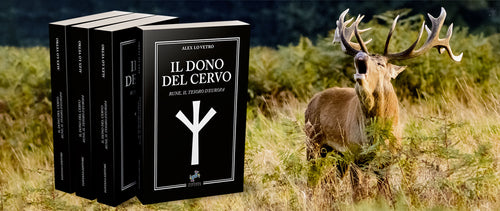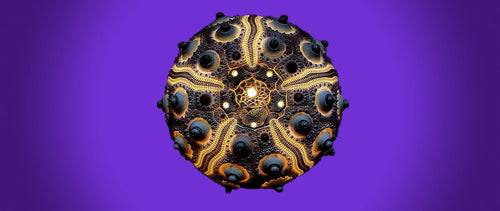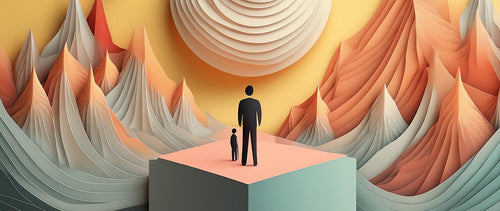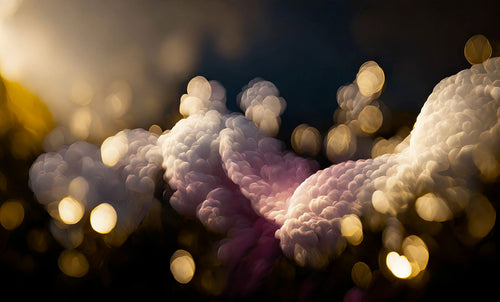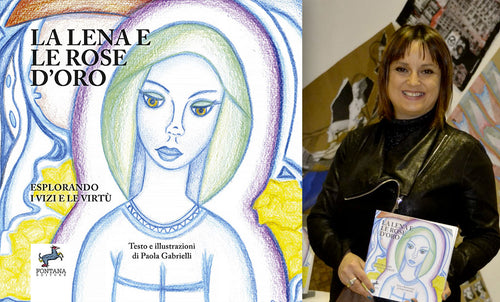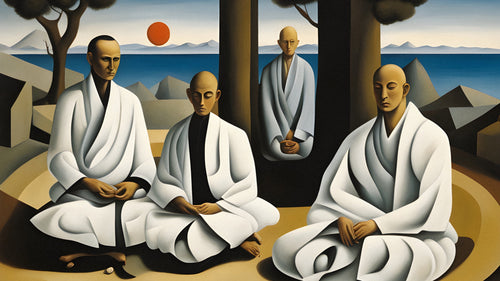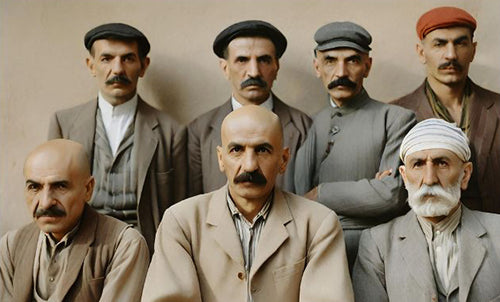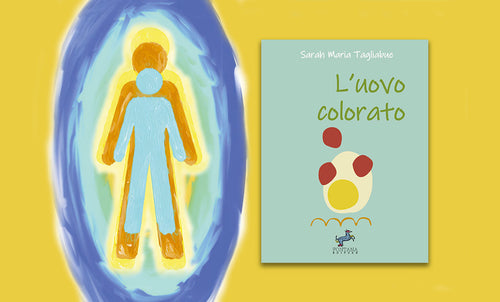Tao Dance: A Meeting with Master Giuseppe Urselli
Giuseppe Urselli e Alessandro RusticelliTaoism speaks to us with simple yet powerful images: the river flowing effortlessly, the wind bending branches without breaking them, the flower blooming without asking permission. Concealed in these images is the Tao, the path that passes through everything and silently invites us to enter into harmony with being. Following it means practicing wu-wei, which is not a surrender to inertia, but a dancing to the rhythm of existence; it means recognizing the interplay of yin and yang, the constant alternation of fullness and emptiness, activity and rest, tension and relaxation, abandoning oneself to the spontaneity of living.
Master Giuseppe Urselli—heir to the tradition of Chungliang Al Huang and Alan Watts—explains the fundamental principles of this philosophy to us as follows: “The Chinese character Tao—which we can translate as way, path, or path—is a multidimensional symbol that prompts us to consider the possibility of adopting a healthy lifestyle, in harmony with nature and the flow of its energy.
While the West promotes a way of life dominated by materialism and rationality, the East has for thousands of years focused on living in the immediacy of the present moment. To emphasize this point, the great Lao Tzu said that the Tao we can speak of is not the true Tao. Both he and Zhuang Tzu described the Tao with extraordinary wisdom, highlighting its great mystery. Confucius, on the other hand, used the term for political and social purposes, with the aim of guiding families and individuals towards increasingly harmonious relationships.
In a series of upcoming meetings open to all—which I will hold with Dr. Rusticelli—I will further explain the subtle and profound principles that inspire Taoism, starting with how they are written in the beautiful and evocative Chinese characters. We will also perform some simple Qi Gong and Tai Chi exercises to concretely perceive the spirit of wu wei and zi ran through our playful movements and experience the joyful harmony of body, mind, and spirit .
As Master Urselli emphasizes, the place where the encounter with these principles is most simple and immediate is the body itself. Every gesture, if we look closely, comes to life from the breath, the invisible bridge between the inside and the outside, between us and the universe. Focusing on it transforms the philosophy of Tao into a concrete experience: an art of moving and breathing with lightness, balance, and attentiveness, dancing with the secret rhythm of nature. In Asia, many arts have made this idea their fundamental principle: among them the best known is Tai Chi.
In this regard, Master Urselli states: "Today, interest in Taoism and the meditative and healthy practices of Tai Ji and Qi Gong is growing in Italy too. At the same time, it must be noted that, unfortunately, there is great confusion on these topics, and often even the interpretation proposed by academics is far from reality, being more conceptual than practical. At the same time, most Tai Ji Quan practitioners, not only in Italy, have a mostly technical understanding of it, which emphasizes physical skills but neglects an understanding of the underlying principles that inspire the movements and the spiritual side of this art. Given this background, if, after reading books on the Tao and practicing some forms of Tai Ji Quan, one wants to take a further step towards integrating the philosophy into daily life, one risks remaining disoriented because there are few possible paths available... fortunately for me, I have had the honor of following the teachings of Master Chungliang Al Huang for over thirty years, who, together with Alan Watts, has They have done an excellent job of integrating Taoist philosophy and Tai Chi practice. Reading some of their wonderful texts, such as "The Tao: The Way of Flowing Water," can open up extraordinary visions, touching deep chords within us.
Beyond geographical distances, Chungliang Al Huang and Alan Watts succeeded in bringing East and West, two cultures so different and distant from each other, into dialogue. Inspired by their example, I have written two books and taught numerous Tai Chi courses and seminars in Italy and abroad, aiming to spread this message with simplicity and depth. The Taoism I refer to is therefore not theoretical but pragmatic, a quest and an invitation to experience the joy of the Tao in the immediacy of the here and now. My aim is to demonstrate that the philosophical principles of the Tao, beautifully expounded in ancient works like the Tao Te Ching, can be practiced by anyone through movement and applied to the complexities of modern life. The first step to understanding the Tao is to explore and cultivate oneself through the practice of meditation and Tai Chi.
Master Urselli's words—which resonate with the same energy found in the works of Alan Watts—also resonate in the practice of another art in some ways similar to Tai Chi: Aikido. Aikido is not simply a martial art: it is limiting and contradicts its founder's intent. Rather, it is a silent hymn to life, a dance that transforms conflict into encounter. Born from the visionary intuition of Morihei Ueshiba in the early decades of the twentieth century, Aikido is rooted in Japan's ancient warrior traditions, but transfigures them into a path of peace, awareness, and inner transformation.
For O-Sensei, true victory was not achieved against an enemy, but over oneself: the dissolution of the ego, the purification of the spirit, the search for a harmony that embraces every living being. His art was not limited to striking: it was an encounter with the forces of the universe, a dialogue with the spirit. Perhaps we will speak of this art again at another time, but for now the important thing is to note that, as in Tai Chi, in it we find a Taoism in motion, a practical philosophy that, if followed with perseverance and seriousness, can bring us closer to the spontaneity that lies at the core of our soul and of all nature.

